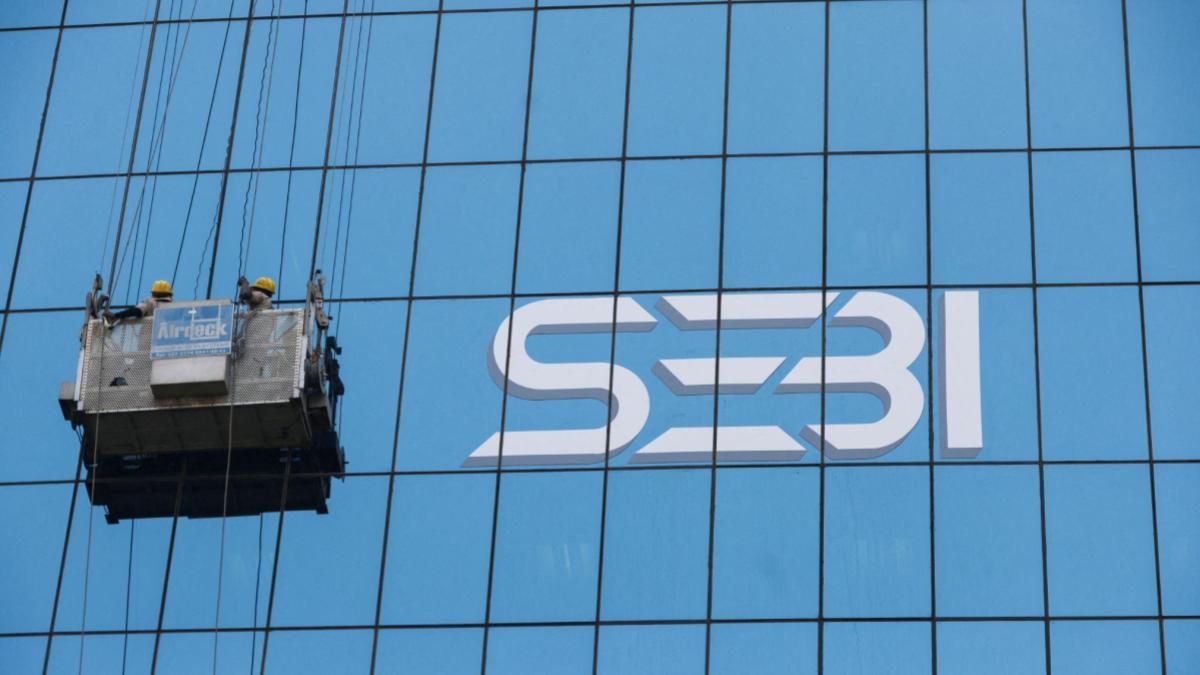In a move to deepen the bond market, the Securities and Exchange Board of India (Sebi) on Thursday introduced sops for large corporates (LCs), which have raised more than the mandated share of 25% of their qualified borrowing through the bond route.
The market regulator’s circular said that these LCs will be incentivised through reductions in the annual listing fee of its debt instruments. In addition, the company’s contribution to the Core Settlement Fund (CSF) will also be reduced.
At the same time, LCs that have a shortfall will be disincentivised by being asked to pay an additional contribution to the CSF, added the circular.
Sebi has also provided a framework from FY25 onwards. That is, firms will need to meet the borrowing quota over a contiguous period of three years. At the end of three years (last day of T+2 year), if there is a surplus of borrowings at over 25%, the firms will have the following advantages.
One, there will be a reduction in the annual listing fee between 2% to 10% at the end of T+2. Two, the contribution to the CSF will go down from 0.01% to 0.05%. The reduction in the fee will depend on meeting the norms between 0-15% and 75%.
In case of a shortfall, the additional contribution for a shortfall will range from 0.015% to 0.055% between 0-15% and 75%. Similarly, there will be an additional method to increase the CSF.
This rule shall not apply for listed scheduled commercial banks that have specified securities or debt securities or non-convertible redeemable preference shares listed on a recognised stock exchange, have outstanding long-term borrowings of Rs 1,000 crore or more, grants, deposits or any other funds received as per the guidelines or directions of Government of India and have a credit rating of over AA/“AA+/AAA, among other conditions.
The stock exchanges have also been asked to calculate the number of companies that qualify as LCs. Also, they need to inform the LCs so that they can comply with the guidelines. Further, the exchanges, in co-ordination with each other, have to calculate the incentive or dis-incentive as on the last day of FY “T+2”.
Further, clearing corporations have been asked to make changes and put in place the necessary infrastructure for LCs to comply with the provisions of incentives and disincentives to the core SGF. The clearing corporations also have to coordinate with the stock exchanges to ensure that LCs comply with these provisions.




